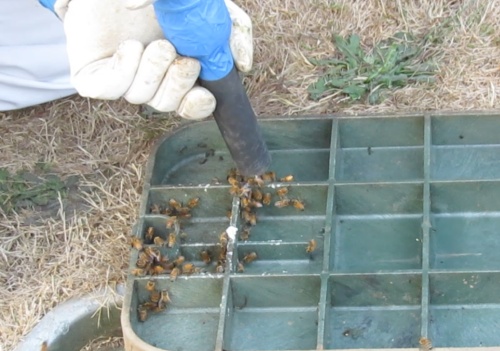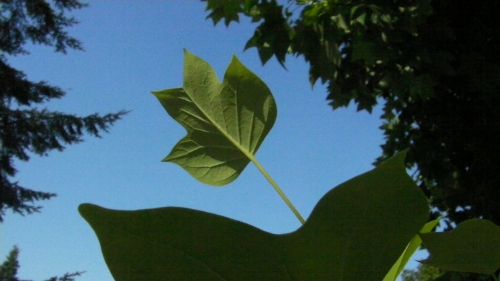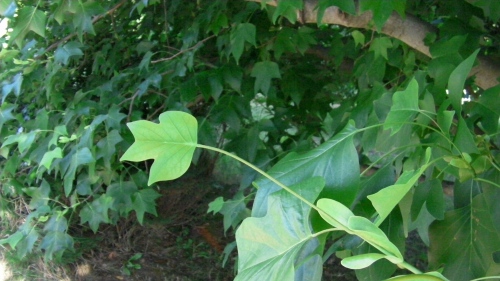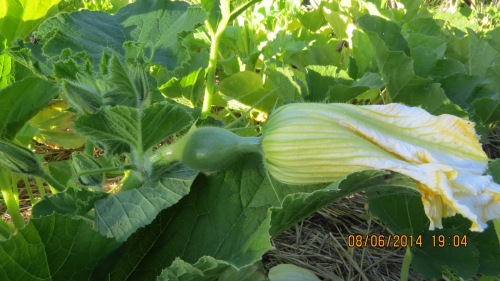
7-23-14…Bee Beard log hive is getting robbed by one of my other hives. That’s no surprise. It’s been going down for a while. Is it because it robbed out a hive that had nosema ceranea? I don’t know but it’s possible.
I call myself a ‘natural beekeeper.’ A natural beekeeper doesn’t try to prevent the bees from swarming, lets the bees build their own natural comb, and intervenes as little as possible. I never opened this hive up. The bees came from a Myrtle tree hive, captured in a swarm bait box which I had hung on the tree. The bees chose the bait hive in early June 2012. A person could argue that’s not exactly natural, but my point is, these bees came from a tree…not a package. Bee Beard was one of my very first hives. It survived two winters without any intervention on my part…no feeding, no mite poisons, no antibiotics. It was a strong hive with bees coming and going in strong numbers. In the spring of 2013, it threw six swarms. In 2014, it threw at least three swarms. In early July, I started seeing decline. I didn’t want to admit it, but the numbers were clearly going down.
I wondered if it had gotten infected with the nosema ceranea. The bees had robbed a possibly infected hive in December. Or maybe it had something to do with neonicotinoids in the bogs nearby. It’s also possible the new queen never made it back to the hive after the three swarms. Whatever the reason, I knew I would have to face the fact that it was time for Bee Beard to retire for a while. The wax moths would find the hive, lay their eggs in the comb, the larvae would eat the wax and clean it out. I’ve never seen it happen, but I’ve heard it’s the natural way. When the wax is cleaned out, the bees will find it and start all over again.

August 3, 2014…I was resigned in my mind to let the wax moths clean out Bee Beard log hive until I saw this Bald Faced Hornet exiting the hive at the side entrance.
When I saw the Bald Faced Hornet, I panicked. What if wasps got in the log hive and built a nest. Not knowing what it was or what kind of nest it preferred, I knew I wasn’t going to take a chance.

August 3, 2014…I started taking Bee Beard apart by pivoting the hat. I was surprised it came apart so easily.

Getting the quilt box out proved to be difficult, more so than this picture implies.

Inside Bee Beard with about half the comb removed. I decided to take it all out just in case it was infected with something.

Bee Beard log hive, down for the count. I had cleaned it out.

A pile of old comb came out of Bee Beard. I considered saving it, but maybe it’s infected…I better not. I’ll build a solar wax melter.
My plan was to plug the hive up until March or April, torch out the insides, put in some fresh natural comb and bait it with Lemongrass oil. Isn’t there a saying, “Plans are made to be changed?” If there isn’t, there ought to be, because on returning from an out of town trip, my wife spotted something in the tree. “What is that brown shape in the plum tree?” “Whaaaat? ANOTHER SWARM??? IN AUGUST???”
To BEE continued…
The Swarm’s Back Story…
Bee Beard is Back!
Read Full Post »























































